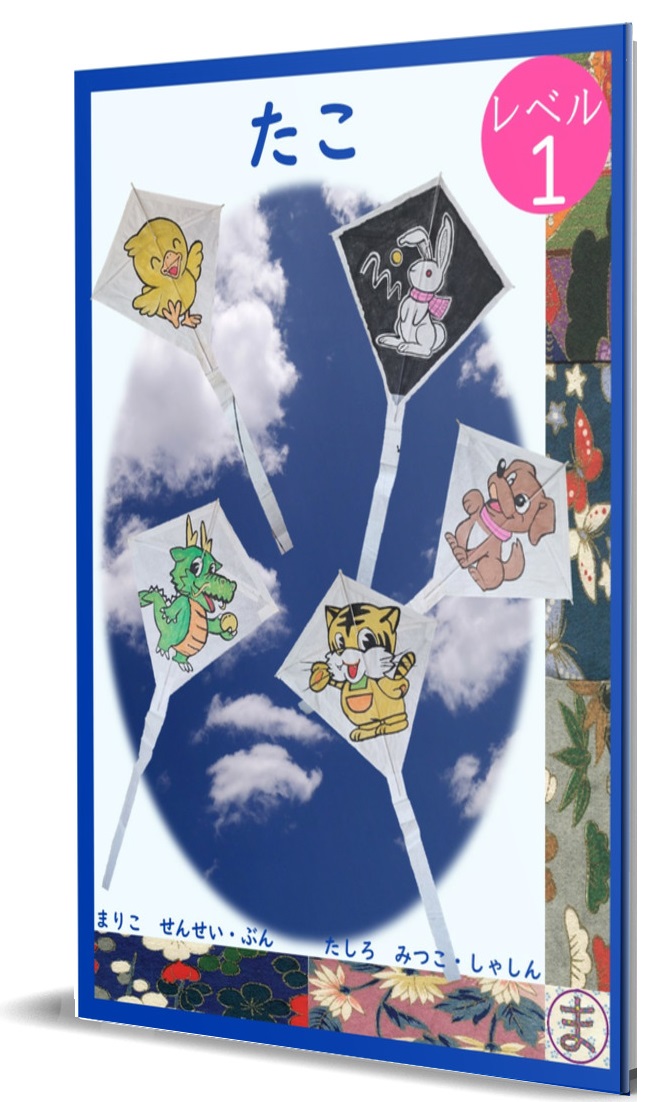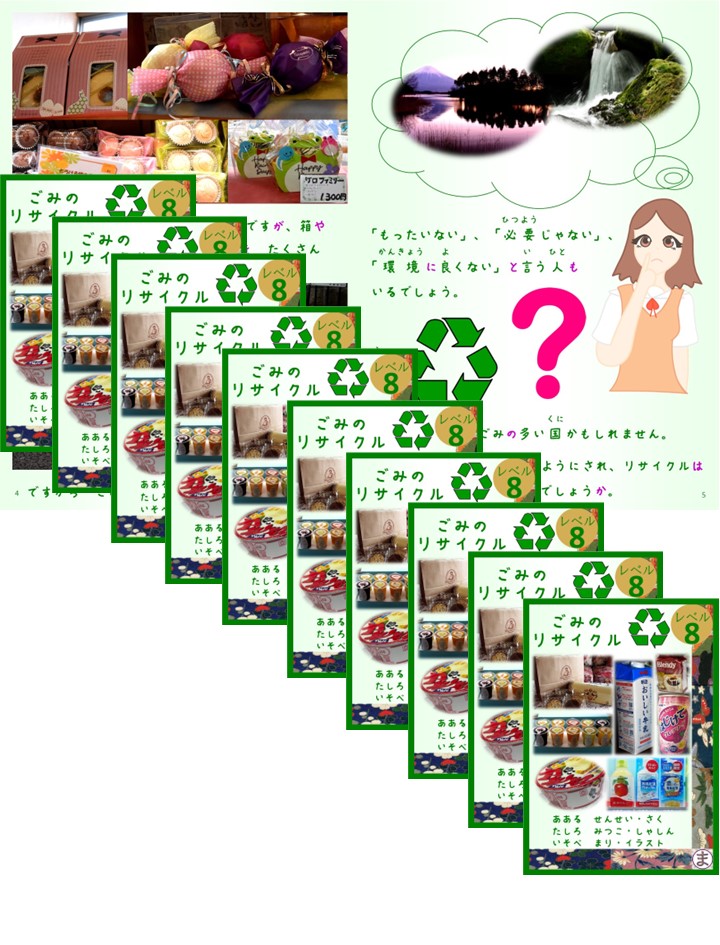Sentence examples:
- これは しろい うさぎ です。This is a white rabbit.
- そして、これは しろい とりです。And this is a white bird.
- この ねずみは はいいろ です。This mouse is grey.
- でも、この ねずみは あか ですね。But, this mouse is red.
In alignment with the Australian Curriculum: Year 5 and 6 band achievement standards:
- Describe things, using adjective です& noun です
- Describing things, using adjective + none
- Structure sentences using particles, for example, は、の、が、ね
- Locate specific information and some supporting details in written texts on familiar topics.
Cultural note from the author:
In Japan, the 3rd of March is a special day for girls. Families prepare a set of hina dolls in their house to wish for good health and happiness. Traditionally, the hina dolls have up to seven levels, and an emperor and empress are always on the top above other minor dignitaries, such as attendants, ministers, and musicians, who are dressed in traditional garments. The origin of the hanging decorations for the Girl’s Day festival began during the Edo period (1603–1868). Grandmothers and mothers of poor families made small hanging decorations for their girls, such as the ones shown in the book. These hanging decorations are available in a variety of styles and designs.







Kaori sugimoto –
色鮮やかで読みやすい素晴らしい本です。こんな本を探していました!